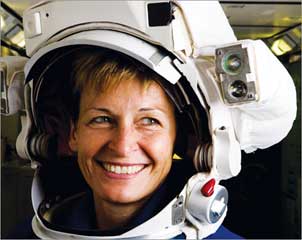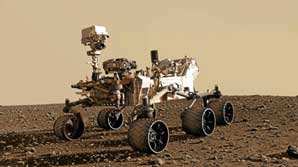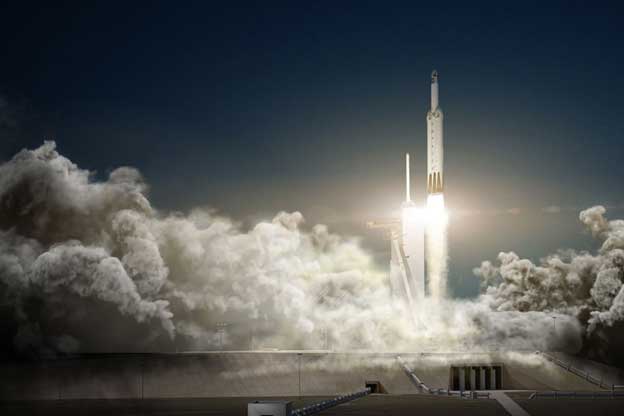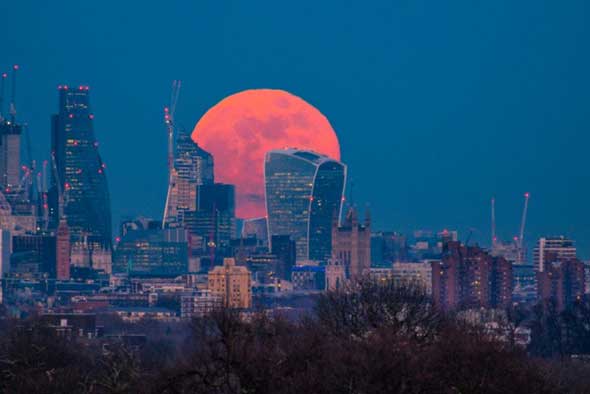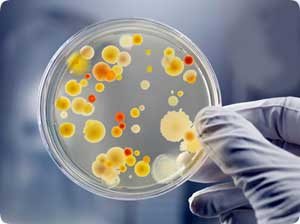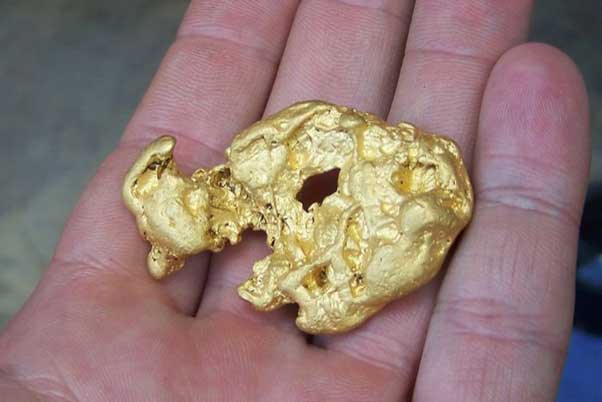Female Space Traveller and Trailblazer
Simon Watts2021-02-08T09:30:07+11:00Meet the first female commander of the International Space Station (ISS). Dr Peggy Whitson is a trailblazing American space scientist and NASA astronaut. Her resume is an inspiration. Peggy has completed 3 trips to the ISS, performed 10 spacewalks to install and maintain ISS equipment, and spent a total of 665 days in space – more than any other American astronaut! Whilst in the zero-gravity environment of space, she conducted dozens of experiments in biology, biotechnology, physical science and earth science. Peggy grew up on a farm in the American Midwest, and recently celebrated her 58th birthday. Whilst in space, she [...]

